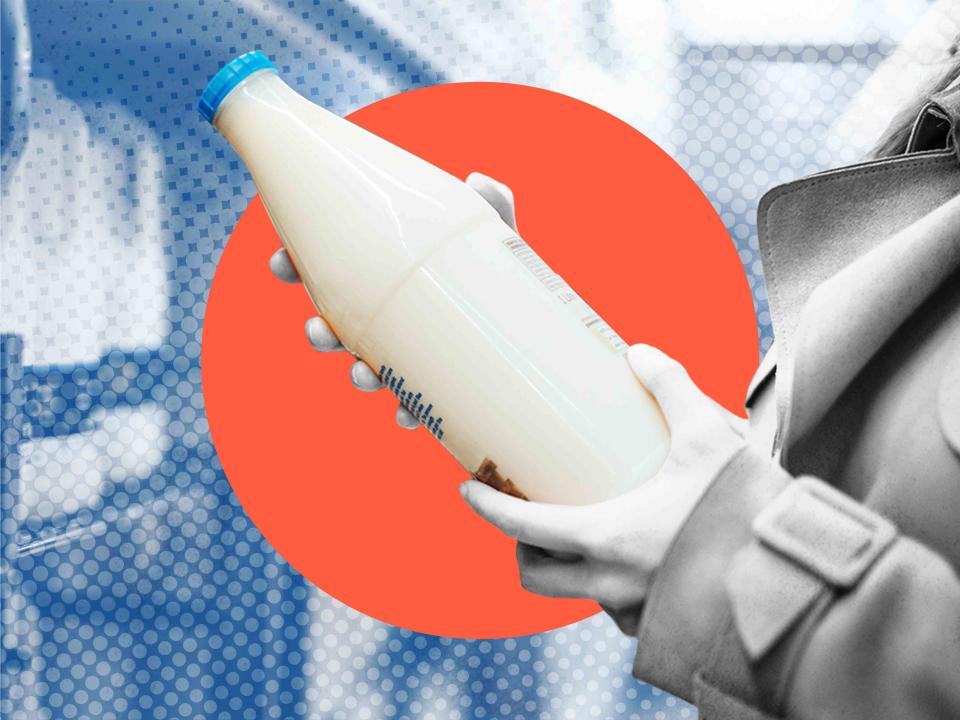Here’s What the Code Underneath the Sell-by Date on a Milk Jug Means
It tells you much more about your milk than you think.

Dotdash Meredith / Janet Maples
If you’ve ever found yourself standing in front of your fridge, staring at the expiration date wondering if it's still okay to drink, then you’re not alone. The expiration date on a carton of milk is incredibly important to take note of when your milk is safe to drink—and when it isn’t. But did you know that tucked away right below the best-by date is an equally important number to understand?
Related: Is Expired Food Safe to Eat? The Truth About Expiration Dates
That’s right, the series of numbers that is typically right below the expiration date on a carton of milk give customers a more in-depth look at their milk as a whole—and that goes well beyond when it is best to consume. After you understand what it means, you’ll be able to understand not only your milk better, but also other dairy products like butter, yogurt, and ice cream.
What Does the Code Underneath the Sell-by Date on a Milk Jug Mean?
Though it may look like a mix of random numbers, the code underneath the best-by date on a milk jug actually gives consumers a look into where their milk comes from—more specifically, where it was bottled before hitting your local grocery store’s shelves.
How to Understand the Code Underneath the Sell-by Date on a Milk Jug
While it may seem tricky to decipher at first, understanding where your milk was bottled from is actually quite simple. The code is typically found right below or next to the sell-by date and often follows a sequence of two digits, followed by a dash, followed by anywhere from one to four additional characters. According to Cornell University, the first two numbers represent the state where the milk was bottled. The code follows the state codes in alphabetical order. For example, 01 is Alabama whereas New York is 36.
Of course, you can also go directly to https://www.whereismymilkfrom.com/ and enter in the code to learn precisely where your dairy products came from.
Read the original article on All Recipes.


